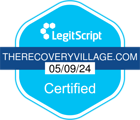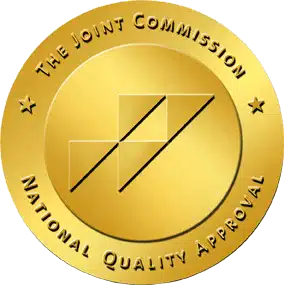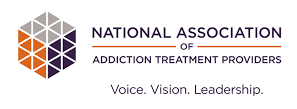Neurofeedback is a form of biofeedback that uses brain activity maps. Neurofeedback is a promising non-pharmacological alternative for ADHD.
Psychotherapy focuses on understanding people’s behaviors and thoughts to change the way they think and act. Biofeedback, in contrast, involves the measurement of physiological or bodily responses to various stimuli and trains people to respond better to these stimuli.
Neurofeedback is a form of biofeedback thatinvolves the measurement of brain activitylevels and uses these levels to train the brain to respond differently. Thus, neurofeedback therapy and neurofeedback training both involve self-regulation of brain activity levels using information from brain waves.
What Is Neurofeedback?
Neurofeedback training involves presenting the measured brain waves back to the individual, allowing the person to train their brain to produce the desired brain activity pattern, such as faster waves.
Brain electrical activity produced by communication between brain cells can be measured non-invasively by placing electrodes on the human scalp. This test can be done using an electroencephalograph (EEG) which measures brain electrical activity in the form of brain waves. These waves can occur at different frequencies with some being fast and others slow.
Treatment Can Be Life Changing. Reach out today.
Whether you are struggling with addiction, mental health or both, our expert team is here to guide you every step of the way. Don’t wait— reach out today to take the first step toward taking control of your life.
People who struggle with psychiatric disorders likeattention-deficit hyperactivity disorder (ADHD),anxiety disordersand othermental health conditionsusually show patterns of activity that interfere with normal functioning. For example, excessive slow waves in brain areas controlling executive functions result in sub-optimal levels of concentration and memory. Through neurofeedback therapy, a person can effectively exercise and train their brain’s activity patterns.

Origins of Neurofeedback
Neurofeedback dates back to the 1960s when some researchers recognized that it was possible to condition or train brain wave patterns.
One of the pioneering studies in this field involvedDr. Barry Stermanand his colleagues who used neurofeedback training to control epilepsy in cats. Dr. Sterman and his colleagues found that cats could be taught to suppress a previously learned behavior. This behavioral suppression was accompanied by brain waves of a specific frequency called the sensorimotor rhythm (SMR).
The cats were then trained to produce this sensorimotor rhythm in the absence of any stimuli, for a food reward. The researchers were later commissioned by NASA to test the toxicity of a fuel compound that induced epilepsy symptoms. The researchers happened to use the same cats from the previous learning experiment, and by serendipity, discovered that these cats were more resistant to epilepsy. In other words, the cats that received SMR training altered their brain activity patterns, making them resistant to epilepsy. Thus, by pairing a reward with a particular brain activity pattern, self-regulation of brain activity and behavior could be possible.
During the same time as this study, Dr. Joe Kamiya at the University of Chicago similarly showed that sound stimuli could be used to train subjects to produce brain waves associated with relaxation. After initial years of skepticism, neurofeedback has been increasingly embraced by researchers since the late 1980s, and several studies have tested the potential of neurofeedback in the treatment of psychiatric disorders likeADHDandautism.
How Does Neurofeedback Work?
The way neurofeedback therapy works have often been compared to physical exercise as it involves learning to regulate one’s own brain activity.
Initial Assessment
Before neurofeedback therapy begins, an initial assessment of the person’s brain activity and symptoms is made. The treatment protocol is determined using this assessment and, by comparison, with a database of normal brain activity patterns.
Neurofeedback Therapy Sessions
Following this initial assessment, the neurofeedback training begins and involves:
- Electrodes placed on the individual’s scalp are connected to highly sophisticated electronic equipment that makes the person aware of their brain activity patterns
- Brain activity patterns are presented to the person in the form of visual or auditory stimuli
- People learn to regulate their brain activity patterns to achieve the desired therapeutic outcomes, after a few training sessions
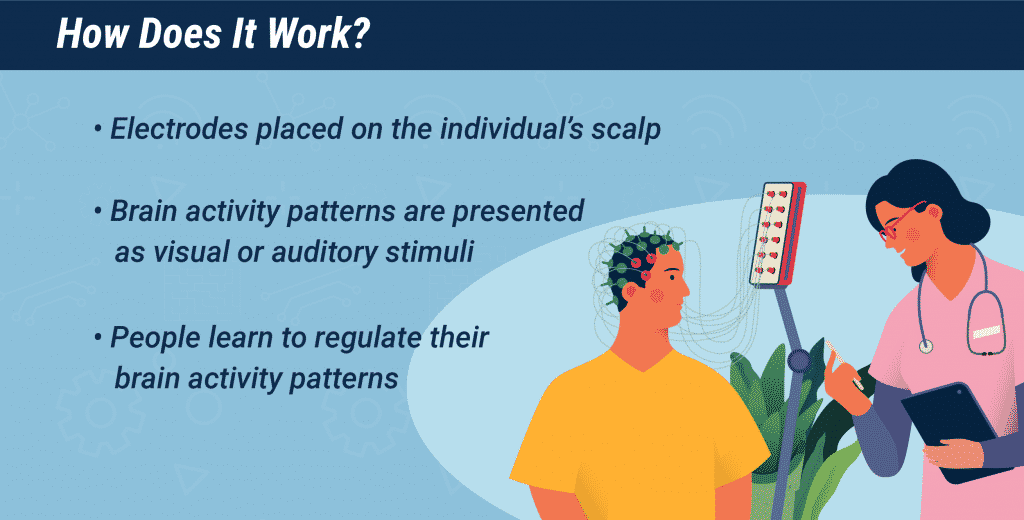
What to Expect
Neurofeedback therapy typically consists of once a week sessions for an average of 20 weeks. The following are the steps involved in the neurofeedback process:
- An Assessment Period:Before the neurofeedback training, an assessment of the individual’s brain activity patterns and symptoms is made. Brain activity patterns may be determined using only two electrodes, or 19 electrodes in the case of quantitative electroencephalography.
- Sensors Placed on the Scalp and Earlobes:The treatment goal and protocol are determined on the basis of the brain activity patterns and the individual’s symptoms, following which training begins. During the neurofeedback training, electrodes or sensors are placed on the scalp of the individual along with one or more electrodes placed on the earlobe.
- Reward Stimulus Presented on a Computer Screen:These electrodes provide a reading of changes in brain activity levels and are presented back to the person in the form of an audio or a graphic stimulus on a computer screen. This rewarding stimulus is presented only when the individual produces the desired pattern of brain activation.
- Improvements Through Multiple Sessions:People gradually learn to influence and retrain their brain activity patterns by interacting with the stimulus. Approximately five to 10 sessions (20 to 25 minutes each) are necessary to experience any improvement of symptoms. Overall treatment may last anywhere from 15 to 40 sessions depending on the medical condition.
Neurofeedback Side Effects
In most cases, the side effects of neurofeedback are mild or absent.
Neurofeedback side effects may include:
- Fatigue
- Anxiety
- Irritability
- Headaches
- Trouble falling asleep
However, most of these effects are acute and subside after some time. Any side effects can be addressed by shortening treatment sessions.
Although neurofeedback training can produce desirable health outcomes, if the incorrect type of training is provided, it can result in worsening of the initial symptoms. The EEG patterns associated with any particular disorder, such as ADHD, are not uniform. Because of this fact, feedback during each intervention is individualized to avoid adverse effects.
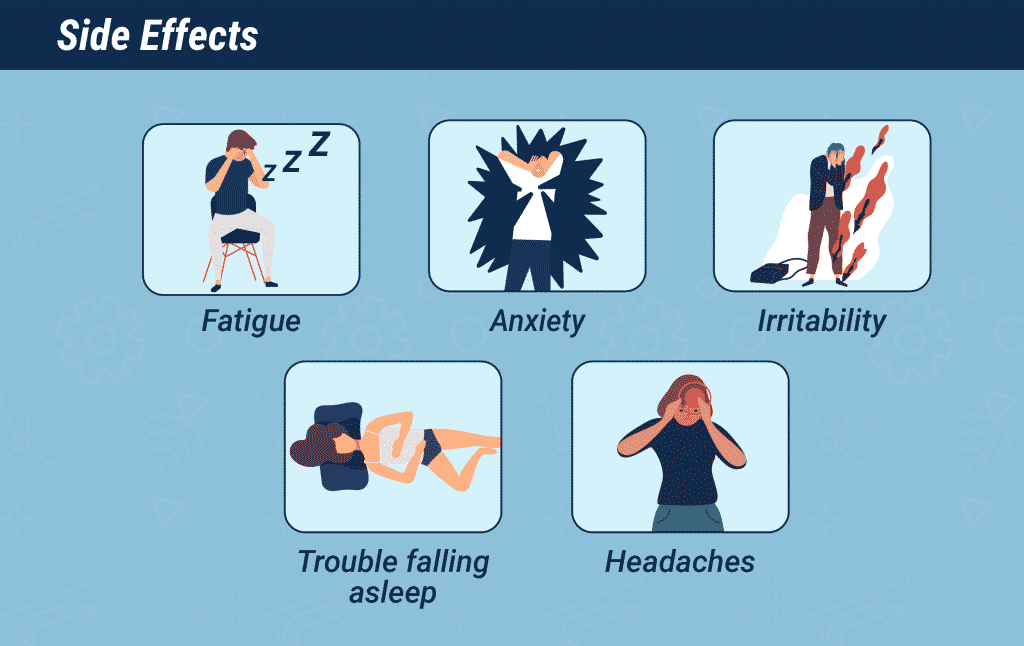
Neurofeedback for ADHD Treatment
In the United States, more than9% of childrenages two to 17 struggled with ADHD during their lives, according to 2016 data.
Treatment of ADHD generally involves medications in the form ofstimulants, like methylphenidate (Ritalin), or non-stimulants that are effective in the short-term. However, many of those medications have side effects, and their long-term outcomes are not well understood.
Neurofeedback training may serve as a non-pharmacological alternative for thetreatment of ADHDby targeting aberrant brain activity maps that characterize ADHD. Neurofeedback producesimprovements in concentration and attentioncomparable to Ritalin that may remain stable oversix months.
Other Mental Health Conditions Treated
A number of studies also cite neurofeedback as a treatment for other mental health conditions. For example, studies report improvement of symptoms in patients struggling with:
Neurofeedback alsoreduces performance anxietyand optimizes the performance of singers and other performers.
Effectiveness of Neurofeedback
Although many studies have assessed the efficacy of neurofeedback in the treatment of ADHD and other disorders, there is still currently a lack of agreement regarding the effectiveness of neurofeedback therapy.
Some meta-analyses suggest asignificant impactof neurofeedback training on symptoms of ADHD, whereas others suggest anabsence of an impacton the symptoms. The latter studies have generally raised concerns about the small number of subjects involved in many studies and the absence of appropriate controls.
Cost of Neurofeedback
For neurofeedback to have an impact, at least 30 sessions may be required, which may cost a person $2,200 to $3,000. Furthermore, neurofeedback and other forms of biofeedback interventions are generally excluded by insurance companies.
To determine the cost of neurofeedback, speak with a doctor, therapist or healthinsurancecompany.
Neurofeedback Treatment Providers
For neurofeedback training to achieve the desired results, it is essential that the treatment is customized for the symptoms and brain activation patterns of the individual.
Seeking a qualified, licensed professional who can conduct a comprehensive assessment of brain function and determine the optimal treatment protocol is vital. Certified neurofeedback therapy providers near you may be identified using the website of theBiofeedback Certification International Alliance.
If you struggle with a drug oralcohol addictionand aco-occurring mental healthcondition like ADHD, help is available.Call The Recovery Village todayto learn about our comprehensivetreatment plansthat can be customized to your needs.





